Puebla is the fourth-largest city in Mexico, just a two-hour drive from the capital (it’s 67 miles, but there’s no accounting for Distrito Federal traffic).
Yet it often gets tacked on as a day trip from Mexico City instead of treated like a destination in its own right. That’s all about to change, though, as a slate of new hotels and structural improvements make this vibrant city easier to travel to than ever.
Following an earthquake in Puebla in September 2017, many of the city’s most famous attractions have gotten fixed up and are ready to host visitors again–which means that contributing to the city’s economy is more vital than ever.
What to know
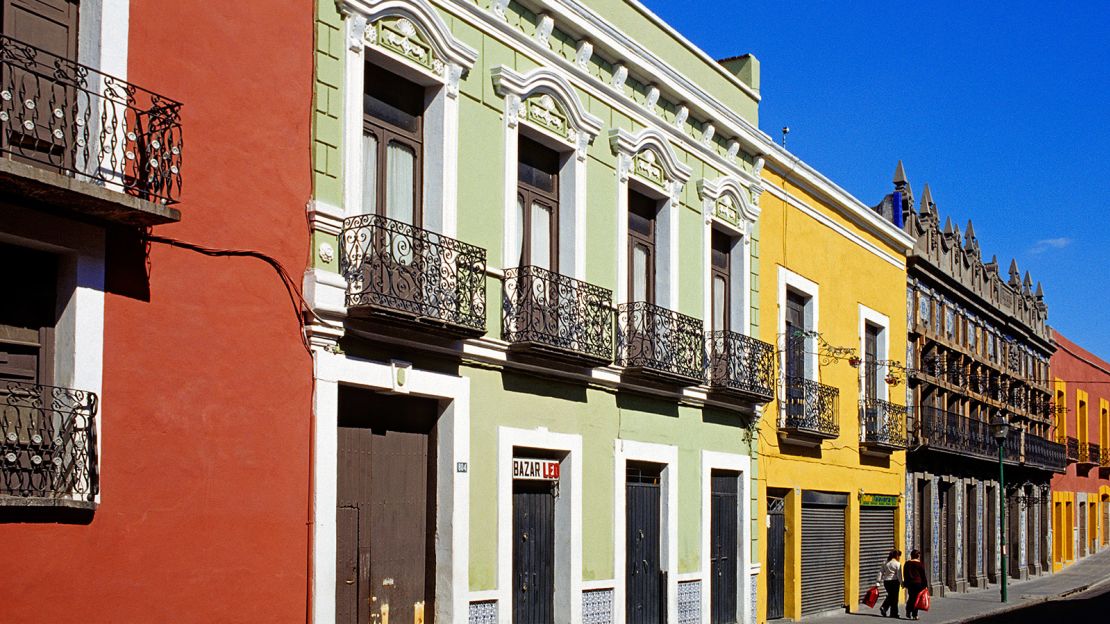
First things first: Puebla is the capital of Puebla state, and people from there are called poblanos. If you’re not up for driving, you can fly to Puebla directly from several US cities, including Dallas and Houston. Puebla’s previous governor sunk a lot of money into projects like new bridges, trains and hotels, many of which are now completed and ready to handle visitors.
Within Mexico, Puebla has a reputation for strong religious roots. The Spanish built the city at the intersection of two rivers and dubbed it their new Jerusalem, and there seems to be a stunning church on every corner. Locals will tell you there are 365 – one for every day of the year.
And Puebla is the city attached to Cinco de Mayo, when the Mexican army defeated French forces on May 5, 1862 in the Battle of Puebla. All that and Puebla’s city center is a UNESCO World Heritage site, too. Talk about crossing a lot off your list at once.
What to do
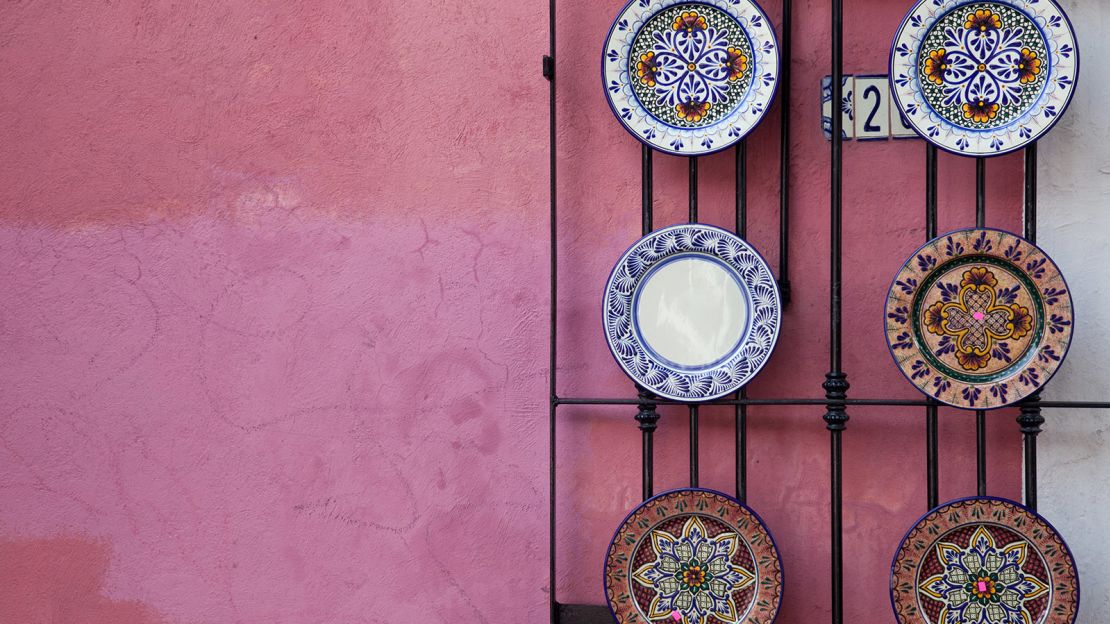
First, you’ll want to get started on a few of those 365 churches. While you could easily drive yourself crazy trying to see them all, you’re best off focusing on a few of the most celebrated.
Start at the central Church of Santo Domingo, which is most notable for its over-the-top Baroque-style Capilla del Rosario, which drips with so much gold you’ll wonder how it doesn’t come crashing down to the floor. Then stop into the Templo de San Francisco, a bright-yellow structure that pays homage to local hero Blessed Sebastian of Aparicio (who happens to be a step away from sainthood), and Puebla Cathedral, with its stunning black limestone front and stunning gold organ, which is the second-tallest church in the country.
As you’ll see from its church interiors, Puebla is known for its Baroque architecture, which made it a logical home for the International Museum of the Baroque, which opened in 2016. The museum – which looks more like the Guggenheim Bilbao on the outside with minimalist sweeps of white and silver – gives useful background on Baroque art and shows off some classic examples.
Beyond art, history buffs will want to visit the Biblioteca Palafoxiana, a 17th-century book collection and reading room that is widely considered the first public library in Mexico.
Talavera pottery is one of Puebla’s proudest exports. The mud is baked, glazed, and hand-painted, most traditionally in blue and white patterns. It’s so strongly associated with Puebla that even the local Starbucks has Talavera-style decor.
Many stores in town sell a few items, but your best bet is to head to Uriarte, the shop that is home base to the country’s largest Talavara producer – you’ll have a lot of options, from tableware and vases to individual tiles and custom requests.
Church of Santo Domingo, Avenida 5 de Mayo, Centro Histórico, 72000 Puebla
Templo de San Francisco, Avenida 14 Oriente 805, Barrio del Alto, 72290 Puebla, +52 222 235 1659
Puebla Cathedral, Calle 16 de Septiembre, Centro, 72000 Puebla, +52 222 232 3803
International Museum of the Baroque, Atlixcáyotl 2501, Reserva Territorial Atlixcáyotl, Corredor Comercial Desarrollo Atlixcayotl, Puebla, +52 222 326 7130
Biblioteca Palafoxiana, Calle 5 Oriente 5, Centro, 72000 Puebla, +52 222 2323483 x118
Uriarte, Avenida 4 Poniente 911, 72000 Puebla 52 (222) 232 1598
What to eat
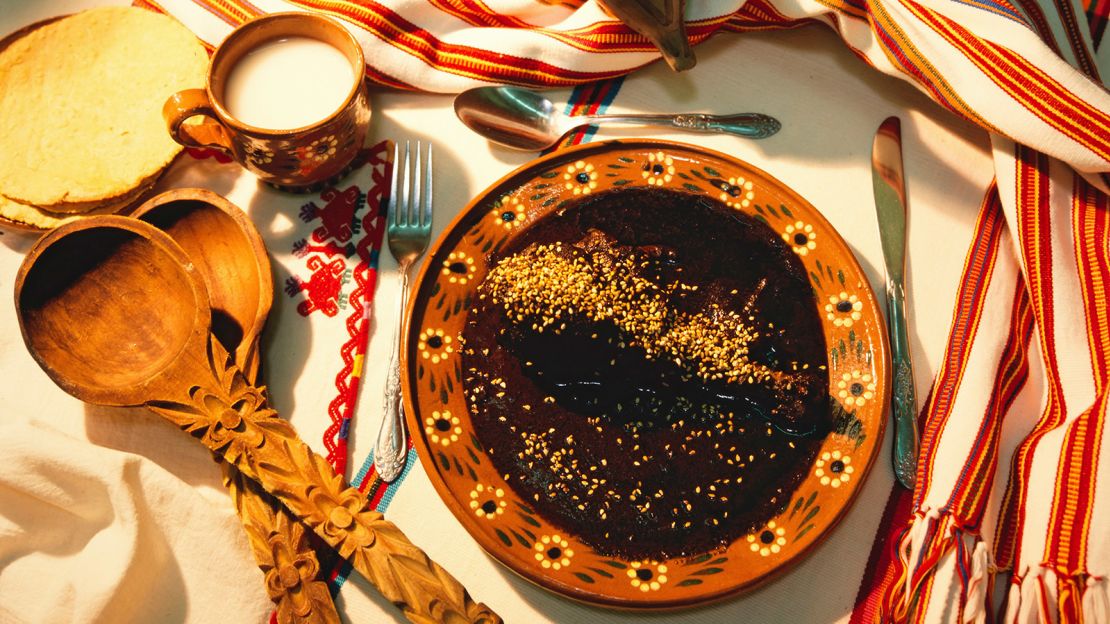
Some of Mexico’s most beloved foods have their origins in Puebla, most notably mole poblano. The spicy chocolate sauce was reportedly invented here by a woman who was trying to clean out everything in her pantry.
Nearly every restaurant in town has their own mole poblano, so you’ll have to sample a few different ones – for research, of course. One solid option is El Mural de los Poblanos, which is known for its modern takes on Puebla classics – besides the mole, try tacos arabes (meat and cheese wrapped in pita bread instead of corn tortillas, inspired by Lebanese immigration to the area) and salad with nopales, a local cactus (it’s on the Mexican flag).
And if your sweet tooth still isn’t satisfied, head to Calle 6 Oriente, also known as Calle de Los Dulces – Candy Street. This street is lined with small, locally owned candy stores that sell some of Puebla’s most beloved sweets, including camotes (cigar-shaped rolls of colorful coconut), candied citrus rinds and the small roundtortitas de Santa Clara. Most of these will be hard to find elsewhere in Mexico, so stock up – in particular, La Gran Fama will wrap your souvenirs up in white paper boxes tied with ribbon, making them perfect for gifts back home.
For an upscale dinner, head to the Casa Reyna restaurant inside the boutique hotel of the same name. If you can, request a table in the middle of the restaurant underneath the open roof. The menu is a mix of American favorites and Mexican standards, so take an opportunity to try a local specialty like tuna with sauce of jamaica (hibiscus) flowers, chalupas (another dish Puebla lays claim to creating) or guava-and-cheese souffle.
If you’re in town during the fall, Pueblan specialty chiles en nogada (peppers stuffed with ground meat, fruit and nuts all covered in a milky sauce) is a traditional thing to eat around Independence Day on September 16.
El Mural de los Poblanos, Calle 16 de Septiembre 506, Centro, 72000 Puebla, +52 222 242 0503
Dulceria La Gran Fama, Avenida 6 Oriente 208 Centro 72000 Puebla +52 222 242 3316
Casa Reyna, Privada 2 Oriente 1007, Centro, 72000 Puebla, +52 222 232 0032
Time for a siesta
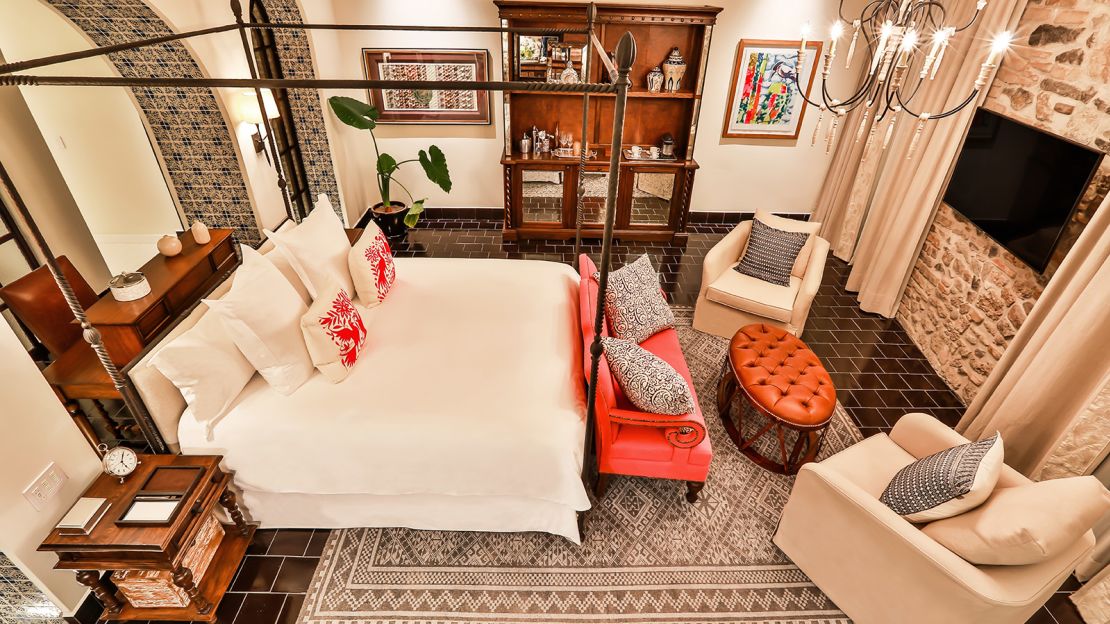
Puebla is having a bona fide hotel boom. The latest notable arrival in town is the Rosewood Puebla, an outpost of the posh hotel chain with thoughtful touches like Talavera tilework and hand-hammered silver that manages to still feel like a comfy guest house and not a museum. The brand also has outposts in Playa del Carmen and San Miguel de Allende, making it super-tempting to extend your Mexico travels.
Opening in October 2017 is the Hotel Cartesiano, a 78-room boutique property that’s part of the Leading Hotels of the World family. It’s inside two historic buildings – one was originally a home, the other a tile factory that still has many original pieces incorporated throughout the design. Because of the unique spaces next door to each other, each room is slightly different in shape and size, but they’re unified by an elegant, neutral design palette.
For a classic Puebla experience, it’s hard to go wrong with the Hotel La Purificadora, which was the city’s first major design hotel and is part of the upscale Grupo Habita portfolio. Its central location on the beautiful Parque San Francisco (hang out there during the day, but avoid at night when it turns into teenage makeout central) makes it convenient to nearly everything in town, while its trendy bar and restaurant are the places to be seen on a weekend night.
Rosewood Puebla, Calle 10 Norte 1402, Barrio del Alto, 72000 Puebla, +52 222 122 2300
Hotel Cartesiano, Calle 3 Oriente. 410, Centro, 72000 Puebla
Hotel La Purificadora, Callejon de la 10 Norte 802, Paseo San Francisco, Barrio El Alto, 72000 Puebla, +52 800 309 1920
Keep on going
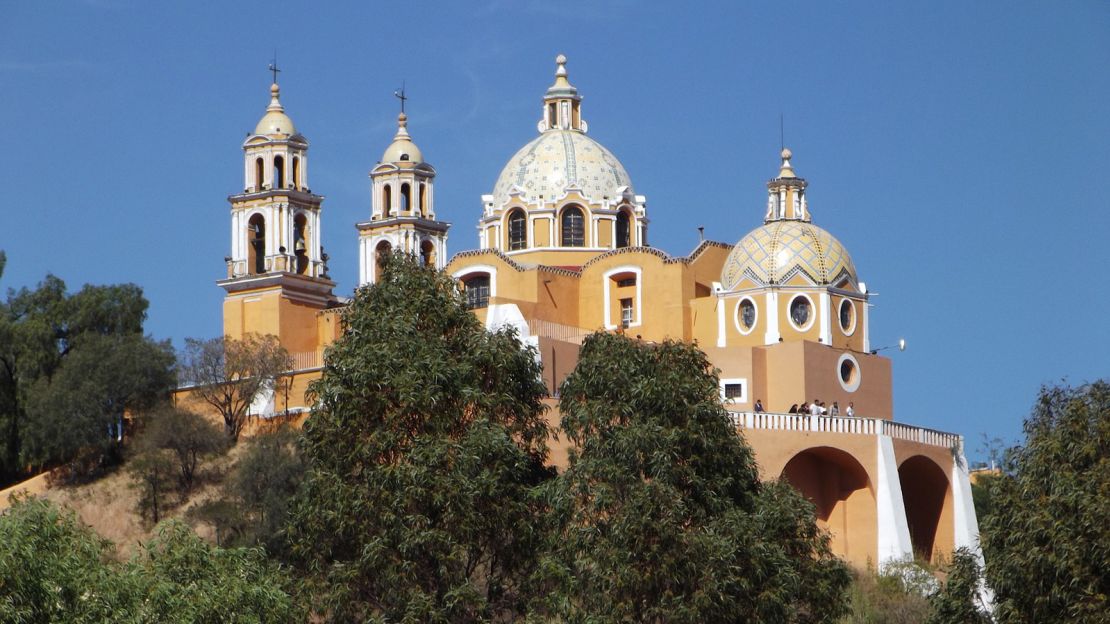
Just a few miles from Puebla is the town of Cholula, which is known for having the largest pyramid in Latin America – yes, bigger than Giza and Chichen Itza, but with significantly fewer people. Much of the Pirámide Tepanapa is obscured beneath a hill, with the vivid yellow Iglesia de Nuestra Señora de los Remedios (Church of Our Lady of Remedies), a popular pilgrimage site for people seeking cures for diseases or chronic ailments, at its peak. The church is beautiful, but you’ll want to make sure you turn your camera outward for panoramic shots of the countryside.
There is now a nice “tourist train” that runs between Puebla and Cholula, dropping you off just at the base of the pyramid. However, the train still has limited hours, so you’ll need to plan ahead. Most days, there are three departures from Puebla in the morning and three returns, each about 40 minutes long, from Cholula in the late afternoon and evening.
If you prefer more flexibility, you may be better off catching a local bus (there are direct buses from Puebla’s Plaza Pedrera throughout the day) or taking an Uber one or both ways.
Beyond the pyramid, there are quite a few fun things to see and do in Cholula. If Talavera is on your wish list, head to the Santa Caterina factory and shop, one of the official government license holders to sell the products. Their range is huge, from dishes to candleholders to jewelry and even decorative eggs a la Faberge.
When lunchtime rolls around, don’t park in a restaurant. Instead, walk through the meandering Mercado Municipal Cosme del Razo, a multi-street series of stalls where you can sample a local Cholula craft beer, custom-order tacos to be cooked in front of you, buy a traditional embroidered dress or shirt, and pick up handmade wooden toys and crafts as souvenirs – all in a single short stroll. Good news for a hot day: the market is mostly covered, so you’ll be able to avoid a sunburn.
Tourist Train Station: Calle 11 Norte 11, El Tamborcito, Puebla
Pirámide Tepanapa: Calle 8 Poniente 2, San Miguel, Centro, 72760 San Andrés Cholula, +52 228 194 5667
Talavera Santa Caterina: Prolongación 14 Oriente 1402 San Andrés, Cholula, +52 222 247 66 14
Mercado Municipal: Calle 5 Norte 109, 72760 San Pedro Cholula













